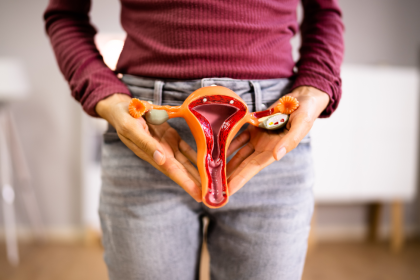The rising popularity of colored noise for sleep assistance has sparked new discussions about effective insomnia treatments, as social media users debate the merits of white, pink and brown noise variations.
Recent CDC data shows more than 14 percent of adults regularly struggle to fall asleep, with about 30 percent experiencing insomnia symptoms. This widespread issue has led many to explore alternative solutions, including various types of sleep sounds.
Sleep specialist Dr. Mary Halsey Maddox says noise machines primarily work by masking disruptive sounds that might interrupt sleep. “Most of the time, when sleep noise helps, it’s because it’s masking extra sounds—like a slamming door or a car horn—that might wake you up,” Maddox says.
The three primary sleep sound options offer distinct characteristics:
White noise produces all sound frequencies evenly, creating a steady rushing sound similar to a fan. A 2021 study in Sleep Medicine found it can significantly improve sleep quality in noisy environments.
Brown noise generates deeper, rumbling tones resembling thunder or ocean waves. While scientific evidence remains limited, social media users report improved focus and relaxation.
Pink noise creates softer sounds similar to gentle rain. A 2017 study in Frontiers in Human Neuroscience linked it to improved memory and sleep quality in older adults.
Neurologist Dr. Chris Winter explains the difference between these sounds using a familiar comparison. “If you think of an equalizer on a stereo, the various sound colors occur when you adjust some wavelengths up and others down,” Winter says.
Health experts recommend keeping any sleep sounds at low volumes to protect hearing. Dr. Raj Dasgupta, a sleep expert, suggests white noise may particularly benefit those living in loud environments.
The effectiveness of sleep sounds varies by individual. While white noise has traditionally been recommended, pink noise has gained attention for potentially boosting slow-wave sleep, though researchers say more studies are needed.
Sleep specialists emphasize that personal preference should guide choice of sleep sounds. “Every noise evokes different feelings in people, and we don’t have enough evidence to suggest one is better than the other,” Maddox says.
As research continues, the growing variety of sleep sound options reflects broader efforts to address widespread sleep issues through non-pharmaceutical methods. The trend has sparked development of specialized sound machines offering multiple noise options for users seeking their optimal sleep environment.















